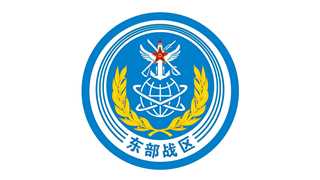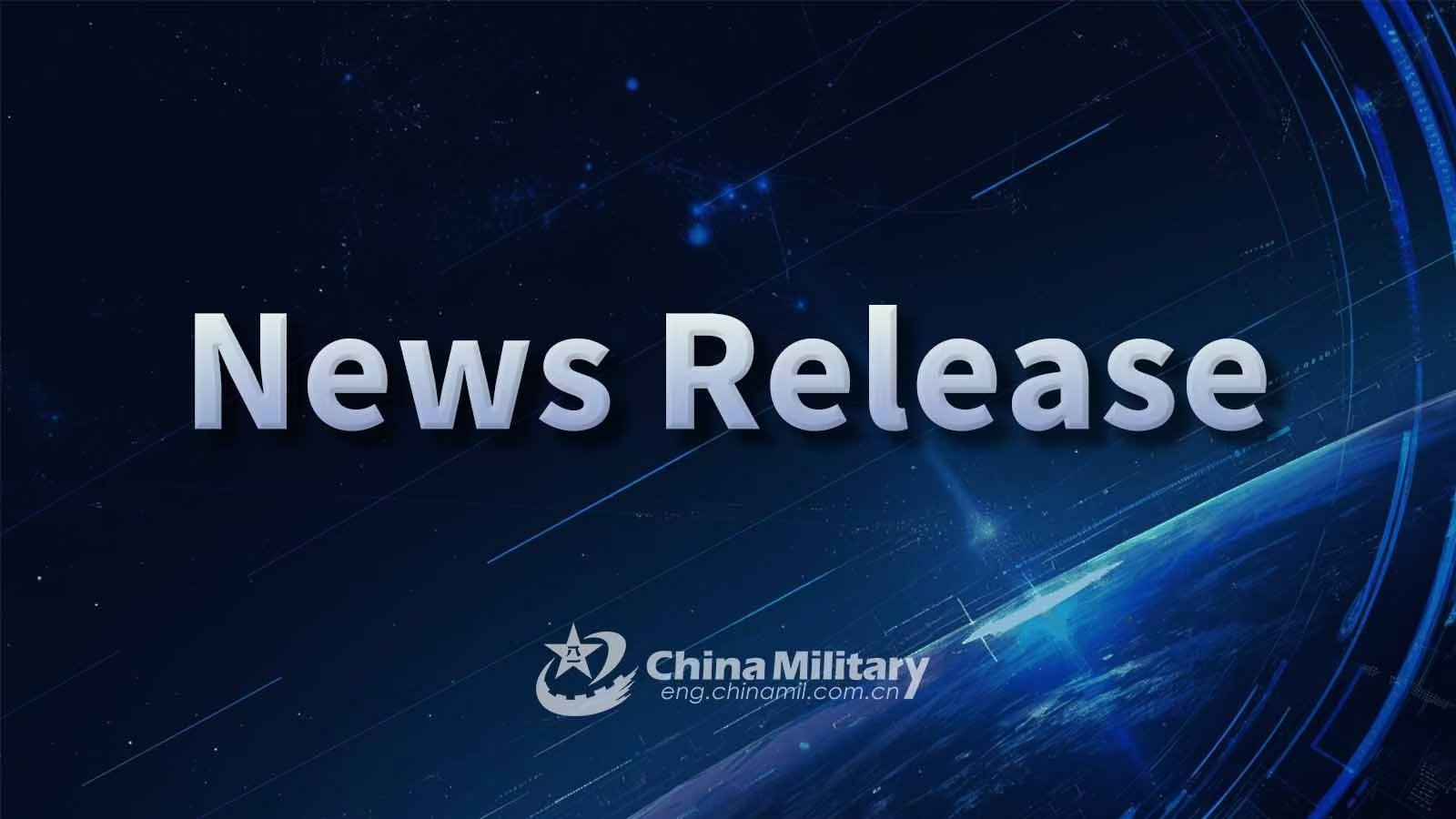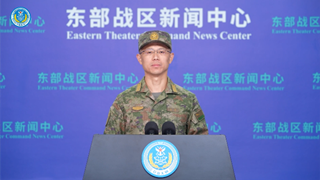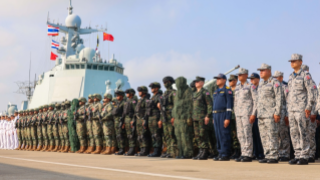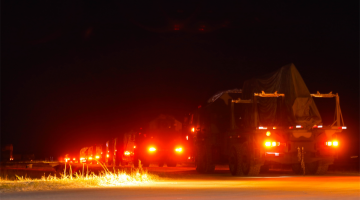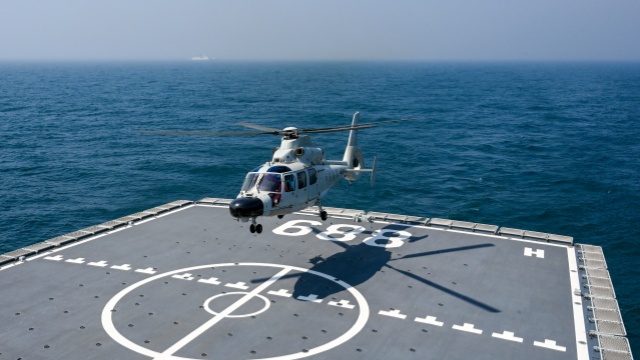By Wang Qiang, Dai Fan and Ge Hongliang
Recently, the US approved a $5.58 billion deal to supply 20 new F-16 fighter jets, along with other defense equipment to the Philippines. On April 6, Philippine Ambassador to the US Jose Manuel G. Romualdez stated that the delivery of the 20 F-16 fighter jets could begin as early as next year in multiple batches.
The fighter jet deal between the US and the Philippines comes as no surprise. Last month, the US Department of Defense released its Interim National Defense Strategic Guidance, claiming that "China is the Department's sole pacing threat." In line with this stance, newly appointed US Defense Secretary Pete Hegseth has ramped up his activities in the Asia-Pacific region. Breaking with tradition, his first overseas visit was to the Philippines, where he actively encouraged Manila to purchase costly American weaponry.
This arms deal lays bare the true nature of the US "Indo-Pacific Strategy". At its core, it is nothing more than a ploy to hype up the so-called China threat, create regional tensions to tie allies closer, push its "pawns" to the front lines, and rake in economic profits through arms sales.
By hyping up the so-called China threat to create an arms sale trap, the US reveals the self-serving nature of its strategy of binding others to its geopolitical agenda. During his visit to the Philippines, Pete Hegseth pledged to provide the country with anti-ship missile systems and unmanned combat equipment and even proposed conducting joint special forces exercises in the Batan islands, near China's Taiwan region. This is a case of strategic coercion, in which the US is pressuring the Philippines to act as a vanguard in provoking China over the South China Sea issue, while it stands to gain behind the scenes. This latest arms deal between the US and the Philippines is a calculated political transaction, carefully orchestrated to serve Washington's interests.
Where there is a winner, there is inevitably a loser. In this deal, the biggest loser is undoubtedly the Philippines. For fiscal year 2025, the Philippines has allocated $4.65 billion for its entire defense budget, yet the cost of purchasing these 20 fighter jets alone exceeds the country's total annual military spending.
When it comes to regional security affairs, the Philippines has increasingly played the role of a troublemaker. Since 2023, it has repeatedly provoked China over the South China Sea issue, while its China policy has gradually descended into a fabricated state of "China-phobia." By purchasing large quantities of weapons, offering military bases to foreign forces, and even allowing the deployment of strategic missile defense systems, the Philippines is pushing ahead on the path of military modernization. However, none of this will bring lasting peace to the country. On the contrary, it is injecting new instability into regional security.
The US today is dealing with its own developmental issues while also seeing instability within its global alliances, largely due to the conflict between its militarized actions and the core interests of its allied countries. While the Philippine authorities are willing to tie themselves to the US chariot, most Southeast Asian countries remain committed to strategic autonomy and oppose taking sides. Many ASEAN members have voiced firm opposition to interference in South China Sea affairs by external forces. Countries like Indonesia and Malaysia have repeatedly stressed that the South China Sea issue should be resolved through dialogue among directly concerned parties.
If the US continues to indulge in the role of an arms dealer, it will only further erode its own credibility. In contrast, the cooperative blueprint jointly pursued by China and ASEAN is poised to open a new chapter for peace, stability, and prosperity in the Asia-Pacific.
Editor's Note: Originally published on huanqiu.com, this article is translated from Chinese into English and edited by the China Military Online. The information and opinions in this article do not necessarily reflect the views of eng.chinamil.com.cn.






